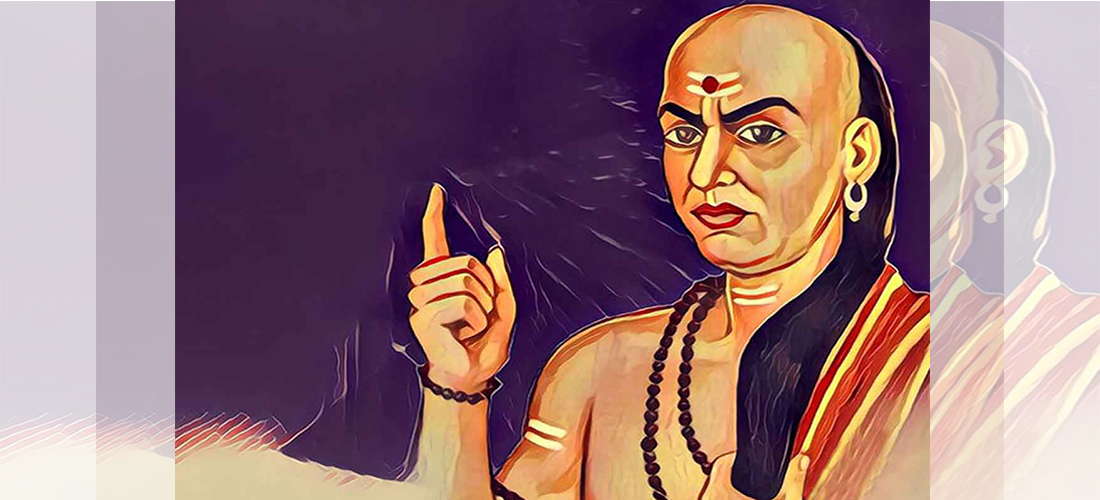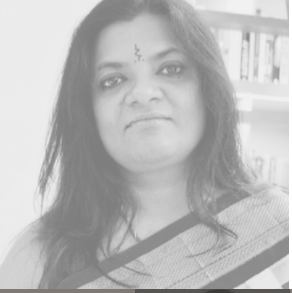
Thinking Like Chanakya
What are the Indic concepts of state, economy, polity, public finance, public welfare? How did Chanakya, the inheritor of a hoary tradition of theory and practice in these areas think about all these matters? Can we teach students to think like him?
This course empowers children with a systematic understanding of politics, strategy, economics and social systems using Chanakya’s Arthashaastra as the pivot. It kindles enthusiasm for ethical politics and responsible leadership as a career.
Introduction
Modern day education and understanding, even in India, have been completely moulded by Western theories and epistemology. All areas of learning are suffering from this but none more so than the social sciences.
Ancient India had rich knowledge and culture and a well developed epistemological framework; this has been lost in the mists of time and tools of knowledge we use today are rooted in Western models of thought. There is a coordinated propagation of the narrative that all knowledge emanated in the West and anything, anywhere before that was primitive.
Through this course the objective is to educate students about the rich heritage that we had, by giving a glimpse of extensive breadth and depth of knowledge that resides in our traditions.
In the areas of economics and political science this is extremely pronounced. The gap in knowledge of students in this area is colossal precisely because there exists a corpus of learning called the Arthashastra which is a seminal work in the Indian or indeed international context.
What were the Indic concepts of state, economy, polity, public finance, public welfare? How did Chanakya, the inheritor of a hoary tradition of theory and practice in these areas think about all these matters? Can we teach students to think like him?
Going beyond a narration of history, I aim to draw parallels with contemporary issues and challenges of India and humanity in general, with a view to ignite young minds to look for solutions in tried and tested ancient methods.
The snapshot in history that I use is that of establishment of the largest empire in ancient India – whose architect was Chanakya and which was established by Chandragupta Maurya. The treatise of Arthashastra is the pivot for this series.
Objectives
- Educate students about the rich heritage in the areas of economics and political sciences.
Expected Outcomes
- The student will learn to look at the world, at states and their composition through the eyes of Chanakya and learn new Indic categories for evaluating politics, economics and society.
- The model used here is of the Mauryan State but the student will be equipped with tools through which to understand any kingdom or state s/he chooses.
- Chanakyan epistemology will enable the student to be a global citizen.
Syllabus
- The framework is modeled after the seven-armed or saptanga state defined by Chanakya in Book 6 of the Arthashastra.
- Introduction covers the saptaanga state:
- The Swami or the King,
- The Amatya or the administration,
- The Janapada or the land and people,
- The Durg and Danda or fort and army which symbolise internal and external security,
- The Kosh or Finance and
- The Mitr or international Relations
- A conclusion drawing together all the above strands will end the course.
- References will be provided for self-study which will be discussed in the live session.

